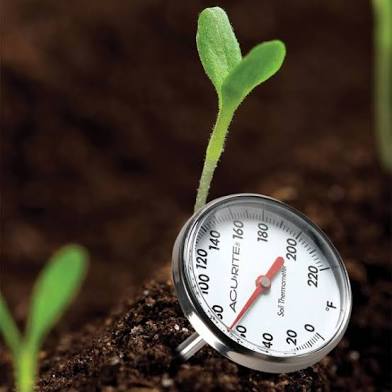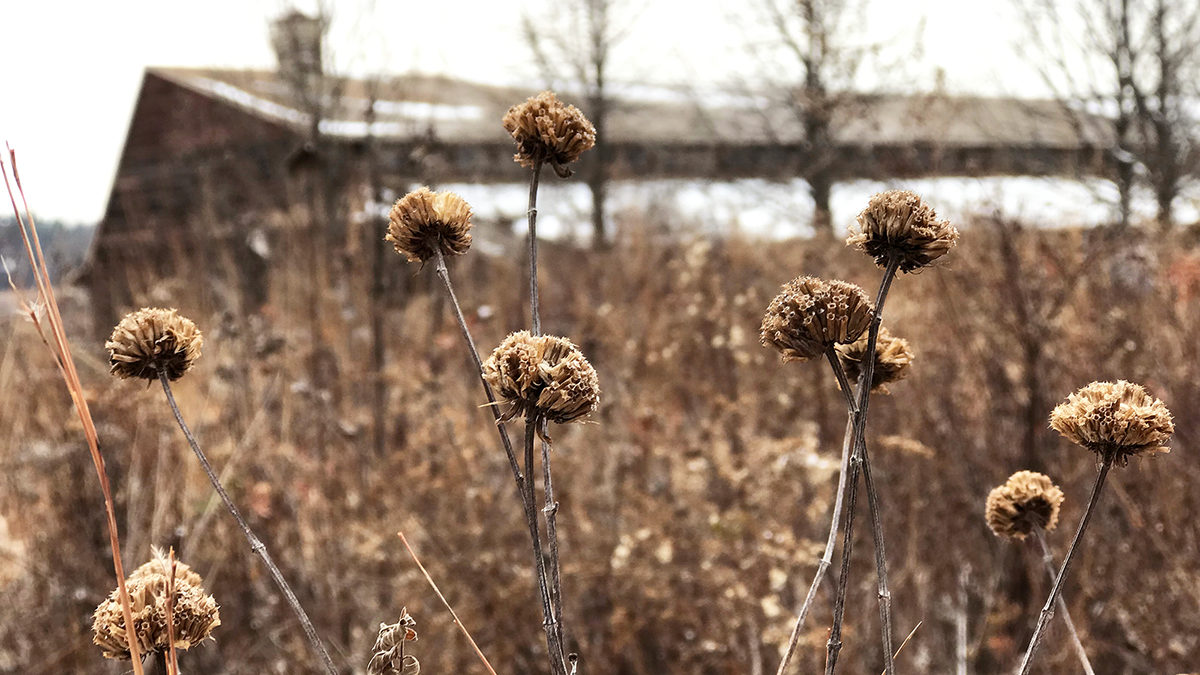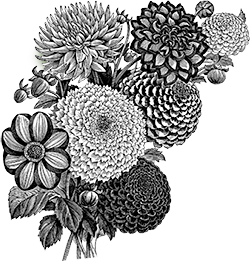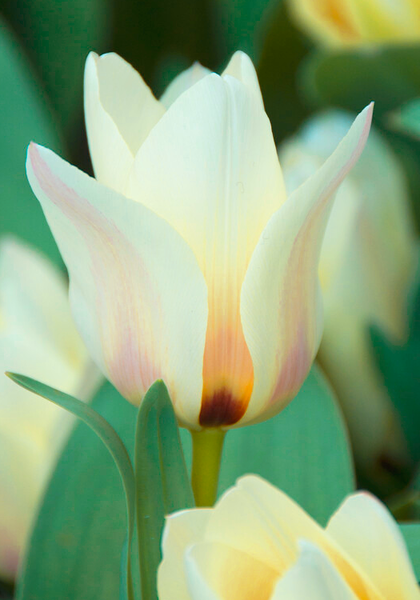|
“Gardening gives one back a sense of proportion about everything – except itself.”
– May Sarton, 1912-1995, American poet, novelist, and memoirist
|
Michigan Can’t Decide Which Season It Is, But Order Iris Now!
|

|
|
What a spring season so far! Some days we’re in short sleeves, some days we’ve put on all our layers and wish we had more. But our daylily and iris fields are greening up between cold waves, and it won’t be too long till they’re too big to be happy being dug and shipped now. So if you’d like to receive iris this spring, please get your order in to us as soon as possible – we’re expecting to stop selling iris for spring shipping on Easter (April 20.) Many varieties will still be available for July shipping, so consider that if you’d like to ponder your choices some more!
|
When to Plant Your OHG Dahlias and Gladiolus
|

|
|
Some of our spring plants, like iris, daylilies and lilies are often in active growth when we ship them and should be planted as soon as possible – being in cool soil is just fine for them. But if your daffodils are still blooming, it’s too early for your dahlias and glads, even if you’ve had warm daytime temperatures. Dahlias and gladiolus need soil temperatures to be at least 60F to do well; they will rot in soil that is too cold or at best be very slow to send up sprouts. You can buy a soil thermometer and measure right in the bed you’ll be using, which will give the most precise measure, but here’s a helpful website where you can look up the current soil temperature for your area as well as see averages of the past 5 and 10 years. Wait till the danger of frost is past and the soil is reliably warm before planting them: they’ll grow faster and do much better than if you try to give them too early a start. (Quick tip: If you wouldn’t plant your tomatoes yet, hold off on planting your tubers and corms as well.)
|
Hurray for These Additions to Our Ark of Antique Tulips!
|
|
|
|
Vanessa spent some of the winter months reading about and researching - you guessed it! - heirloom bulbs, and we have three we want to share this month, since we’ve found folks who still grow them and have enough to offer to us! ‘Doll’s Minuet’ is a delight in the spring with its bright lily-like flowers and is one the garden mavens Anna Pavord and Sarah Raven have highlighted in their writings ‘Gander’s Rhapsody’ has lovely petals that are a pale pink at their base that deepens going up till the tops just glow And diminutive ‘Mieke Telkamp’ has creamy flowers blushed with pink that spread their petals wide in the sunshine showing off their own sunny colors! For a longer bloom season, plant all three: ‘Mieki Telkamp’ starts the show in early spring followed by mid-season ‘Gander’s Rhapsody’ with late-blooming (and long-lasting) as a perfect grand finale. (And watch this space for more rare treasures new to us!)
|
Time Your Garden Clean-Up to Support Local Wildlife and Insects
|

|
|
Some gardeners like to cut back their dormant perennials and grasses in the fall: it makes the garden tidy and “ready for winter” and may even be required by home-owner associations. For plants prone to disease or pests, cutting back and disposing of the foliage can be very helpful. But if you’re able to wait, holding off till late winter or early spring to cut back your herbaceous perennials can be of great benefit to small mammals, birds and insects that live in your garden, and many have interesting seed-heads or shapes that provide some variety to the winter landscape.
Plants left standing can provide cover for small animals through the winter, and some plants’ seeds are eaten by birds. Some kinds of small mammals and birds nest in tall grasses. And when you do cut them back, leaving some stems on the ground will provide nesting material for tree-nesting birds. Waiting till early spring can also support your local beneficial insects. Praying mantis egg masses and butterfly chrysalises can be on stiff stems, and many native bees nest in hollow stems. The Xerces Society has several tips on how to tell if you’ve waited long enough: if you haven’t put your mittens and winter coat away, it’s too early - try waiting till you’d consider planting tomatoes or after the apples and pears finish blooming.
Not ready to delay all your tidying? If you leave 8-10” of stems standing, that's still a help. And if you’re interested in learning more, you’ll find lots of resources and information here and here!
|
To Make Sure Our Newsletter Reaches You Safely . . .
|
|
|
Please add newsletter@oldhousegardens.com to your email address book or safe/approved list today.
|
To Unsubscribe
|
|
|
We hope you enjoy our monthly Gazette, but if not UNSUBSCRIBE here and we’ll drop you from our list immediately.
|

















